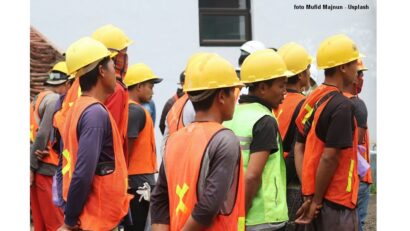Countryside Careers through European Programs
The recently submitted European Commission analysis on the number of people employed in agriculture indicates that few Europeans work in this area.

Christine Leșcu, 13.11.2013, 13:18
The recently submitted European Commission analysis on the number of people employed in agriculture indicates that few Europeans work in this area, even though it is crucial for the European economy. Around 10 million people work full time on EU farms, 5% of the union’s labor force. Of them, 92% are members of the family that owns the farm. There are also people who do regular work outside the farm as well. The total number of people doing regular agricultural work in the EU countryside had reached 25 million in 2010, a fairly small number considering the importance of farming products in every day life. Add to this the 4.8 million jobs lost between 2000 and 2012 in EU farming. 70% of them were in newly integrated member states, including Romania, a country where agriculture accounts for much of the economy. There are many reasons for losing these jobs, the worst being the lack of interest in farming jobs among young people, and the widespread practice of subsistence agriculture, which produces no economic benefits, and does not involve employment contracts and wages as such. This situation has pushed both the authorities and civil society to act. We spoke to Dumitru Fornea, a member of the European Social and Economic Committee, in charge of international relations for the Meridian Trade Union Confederation. He told us that a part of EU funds for agriculture are aimed specifically at the labor force:
“One third of the EU budget – 30 billion Euro per year – is allocated to the Common Agricultural Policy. There is concern at the European and also at the national level, since Romania is still a country with a high rate of agriculture employment. Almost 3 million people work in agriculture. Romania has spent a lot in relation to agricultural policy. Between 2007 and 2013, 15 billion Euros have been allocated in total to agriculture. This should yield some results. Unfortunately, most of the rural population is forced to emigrate and look for opportunities on other European markets.”
As subsistence agriculture merely provides food, but no income, a lot of young people take the road of emigration, and they are not alone. This means that most subsistence farmland have little chance of becoming farms or any kind of economic unit. One other reason for which agricultural work doesn’t pay off is the peasant’s reluctance to form larger farms by association. Dumitru Fornea believes that this is a leftover attitude from the time of the state farms imposed by the communist regime:
“This lack of confidence creates a lot of problems for young people and people in rural areas. They have difficulties in becoming efficient and competing with corporate agriculture. The fact in Romania the agricultural sector accounts for 30% of the economy is not a bad thing in itself. We have industry making up 28% of the economy, while services provide 42% of it. All could balance out in a favorable way. Unfortunately, these farm workers do not have collective employment contracts, neither do they have individual ones. Only 8% of them have unions, and only 3% are part of an agricultural cooperative set up on the basis of the latest legislation.”
In spite of this, there are private initiatives that want to address the situation, offering young people the opportunity of a rural career. This is precisely the name of a program of free courses organized by a company called Global Commercium Development, aimed at people from the countryside who want to develop various business skills. It is financed through the European Social Fund, and it was implemented mainly in a few villages in Cluj county, but also elsewhere, as we found out from Tina Cozmanciuc, who works at the company:
“We started a few local projects with partners from Spain and Italy, projects worth around half a million Euros, with local initiatives in Cluj county, but also in a few other counties, such as Constanta, Alba, Valcea and Ilfov. Our projects are aimed at inactive people, unemployed people who practice subsistence agriculture. Our analysis shows that around 62% of the people in the countryside have incomeS strictly resulting from agriculture. Unfortunately, this is not a good percentage, since of this percentage, only 25% are employees. The others have incomes from agriculture without having employee status.”
Young people in particular seem interested in these courses that encourage them to become entrepreneurs and show them how. Tina Cozmanciuc told us about their preferences in terms of a potential rural career:
“They don’t go for the agricultural sector. They want an occupation besides that of helping their parents in the household. For instance, in one of the areas where we are active, there is a factory making parts for an automobile manufacturer. Many want to go work there, but for that you need to be trained. Unfortunately, after finishing their obligatory 8-year education, they do go to high school, but do not pass their final baccalaureate exam, and don’t learn a trade to allow them to work in that factory. Another trend is that of working in the newly developing tourist industry, but they still need training and qualifications.”
People in the countryside appreciate and welcome any kind of vocational education, but that takes money. However, this money is available, with careful management, from European funds provided to Romania for agriculture for the 2014-2020 period.






























